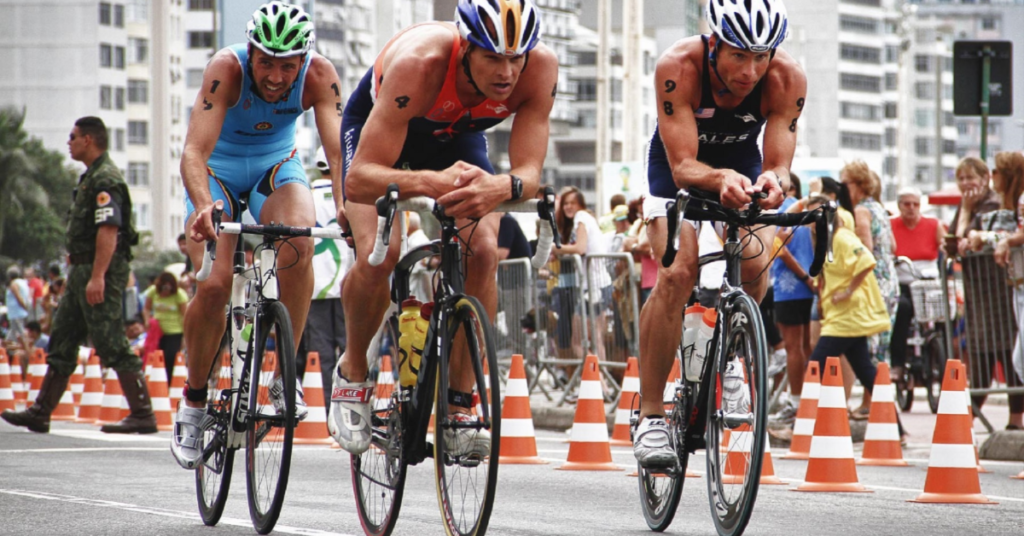
Strength Training for Endurance Athletes Part I: Injury Risk Reduction


This article was originally published in September of 2014 as the first of four blog posts addressing The Principle of Specificity. Since then, the coaches at Barbell Medicine have learned a great deal more about the topic and felt that these posts deserved an update and expansion. We’ll be releasing the updated articles and corresponding YouTube videos […]

Introduction Regular followers are likely familiar with our interest in a “biopsychosocial” approach to both training and injury, particularly the modifiable psychological factors that can have significant effects on performance, recovery, and subsequent adaptation. One important phenomenon we discuss frequently in the context of acute injury and persistent pain is catastrophizing. Catastrophizing is a complex […]

Note: We published this protocol in the Barbell Medicine newsletter in March of 2018, but have since added some additional context, explanation, and recommendations for this intervention. Be sure and sign up for our newsletter to stay up to date on all the latest content! A novice lifter is someone who can add weight to […]
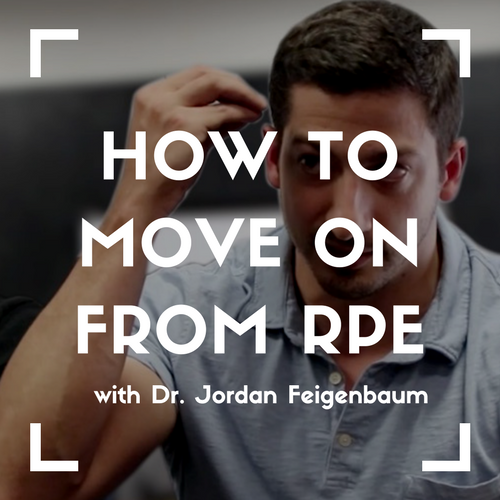
It has been said that using Rate of Perceived Exertion (RPE) is useless for strength and conditioning, which has caused quite a stir between the Barbell Medicine crew and other coaching organizations because we had been using this tool with our clients to manage loading, training fatigue, and the intensity of conditioning efforts up until […]
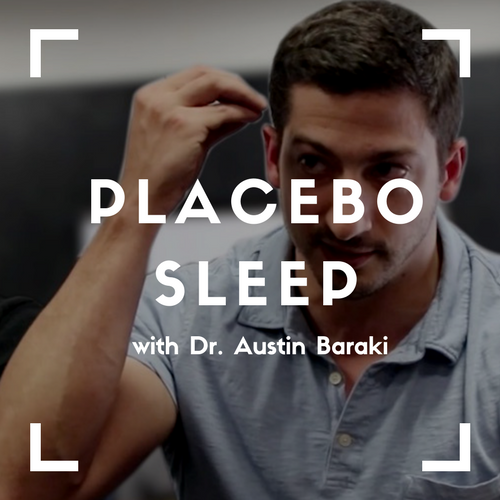
A 2014 paper by Draganich & Erdal studied the effect of sleep on cognitive functioning in 164 undergraduate students – with an interesting twist. Participants were given a questionnaire in which they ranked how deeply they had slept the prior night on a scale of 1-10. Subjects received education about REM sleep and cognitive function, […]
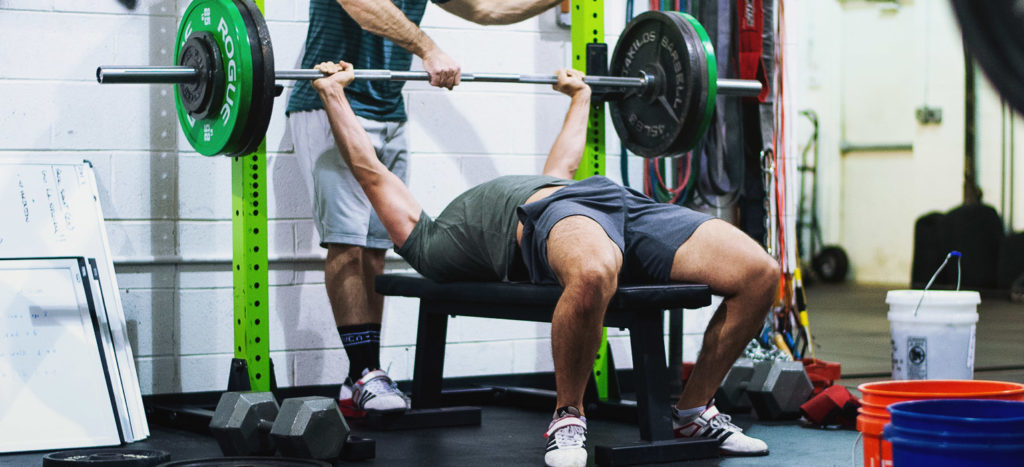
“How do I increase my press?”- The Internet Fresh on the heels of the 2017 USSF Fall Classic, a strengthlifting meet that contests the press instead of the bench press seen in powerlifting meets, there has been a big uptick in folks asking how to increase their press. After seeing some of the big presses this […]
If you’re reading this, please raise your hand if you’ve heard the phrase “Americans eat too much salt” or, alternatively, that we should “cut back our salt intake”? Show of hands? Ah, yes- seems like everyone has heard that or even possibly said that perhaps. However, what does the evidence say about salt intake and […]
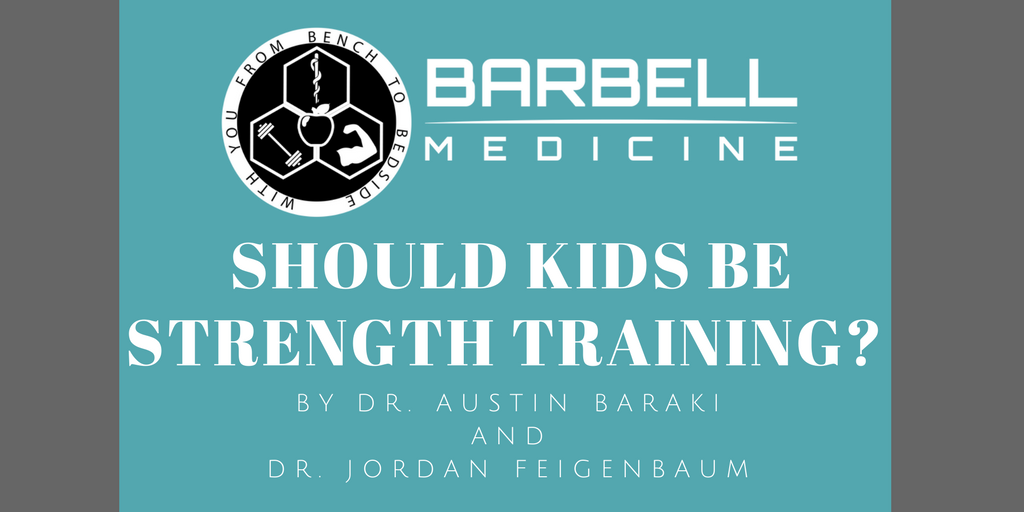
This is a transcription of the podcast, which is available on iTunes, SoundCloud, or YouTube. But first, a brief comment on this topic. This is an 11,000 word “article”. Yea….it’s lengthy, but we only have scratched the surface. To be crystal clear incase you don’t listen to the hour long podcast or read every nuanced […]
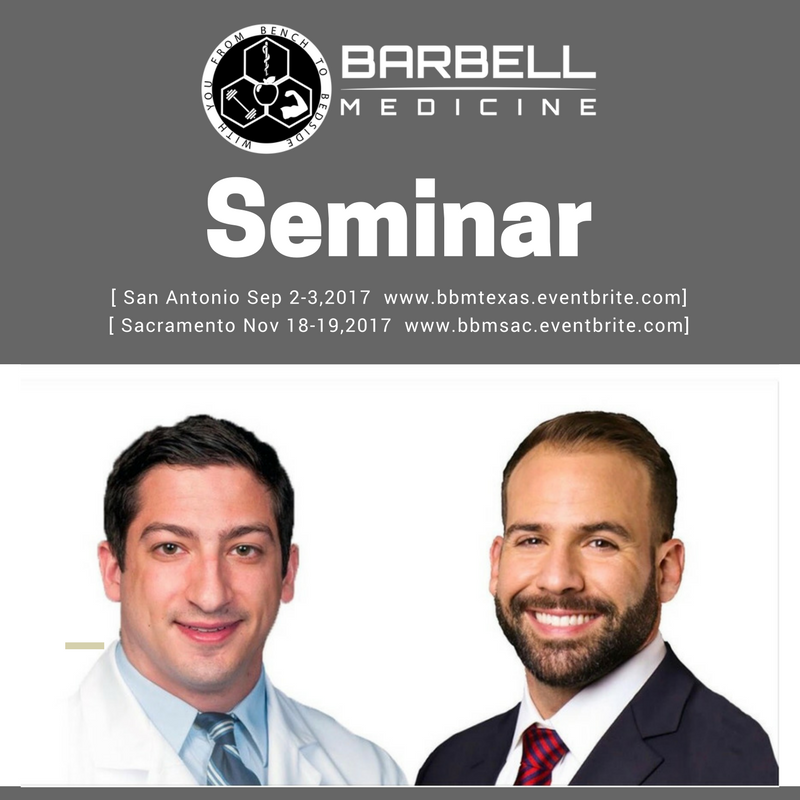
We are very excited about our upcoming Barbell Medicine Seminar (Next one in Tempe, AZ in March 2018). For those who still aren’t quite sure what the weekend will involve, we wanted to talk a bit more about the idea behind the project. For the past several years we have emphasized the importance of strength training […]